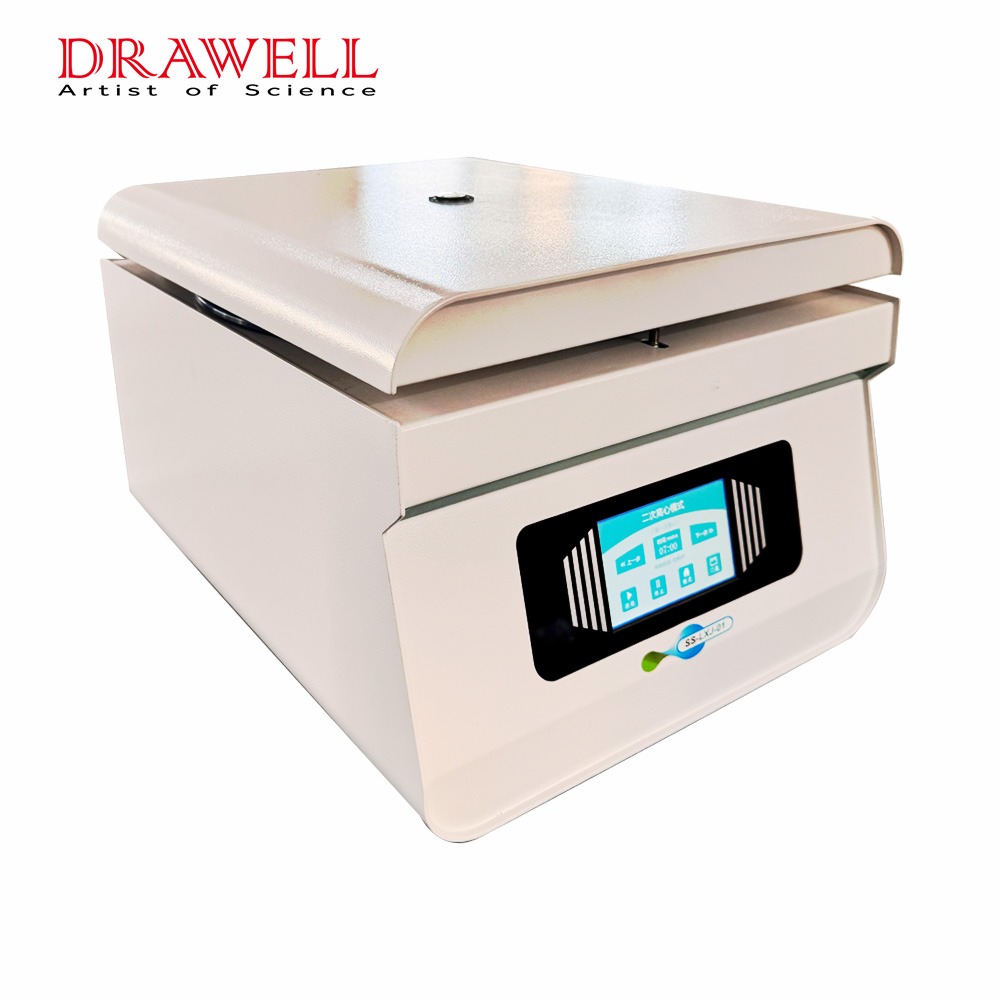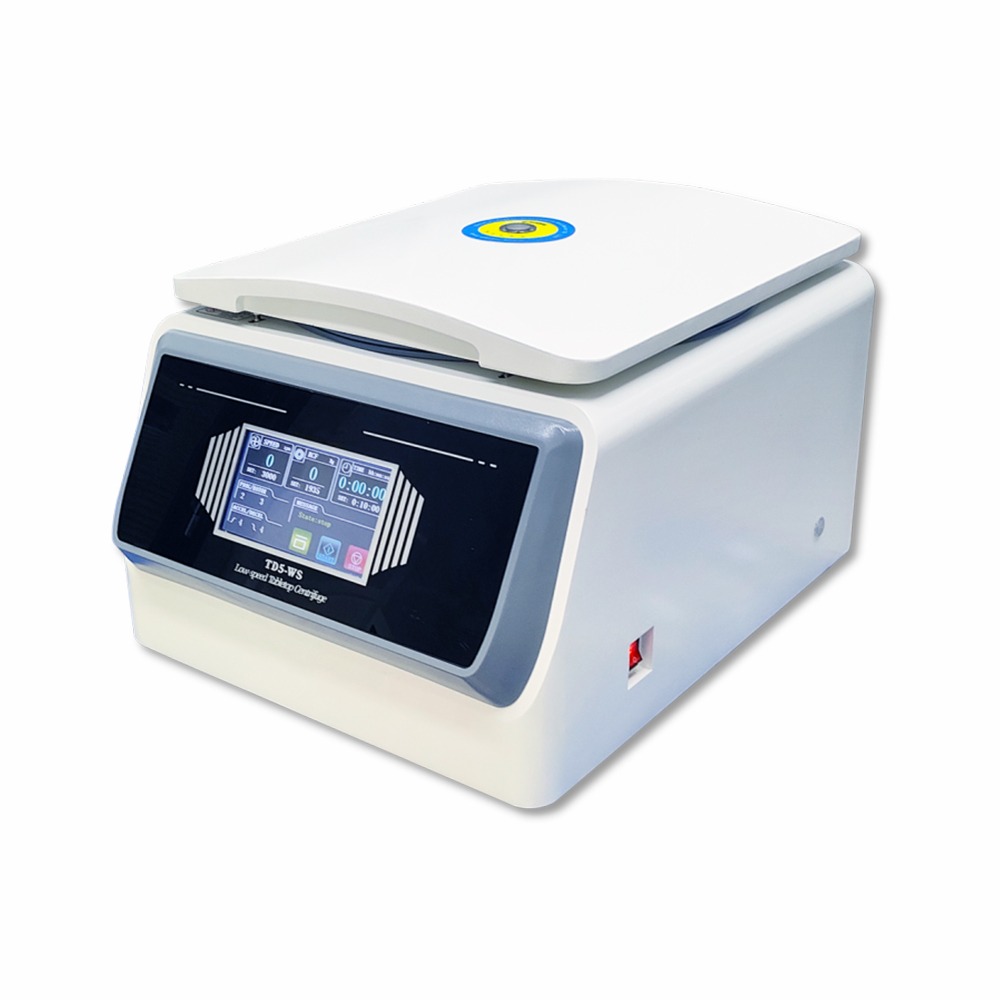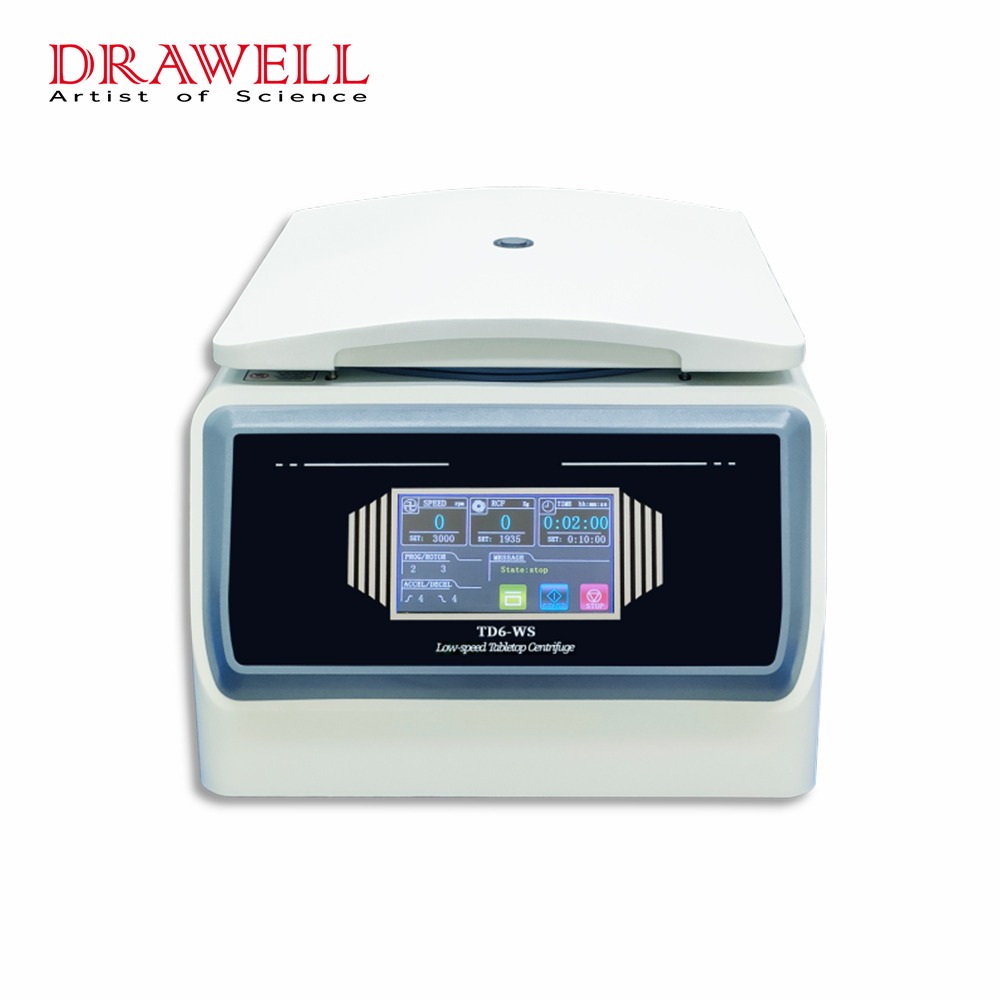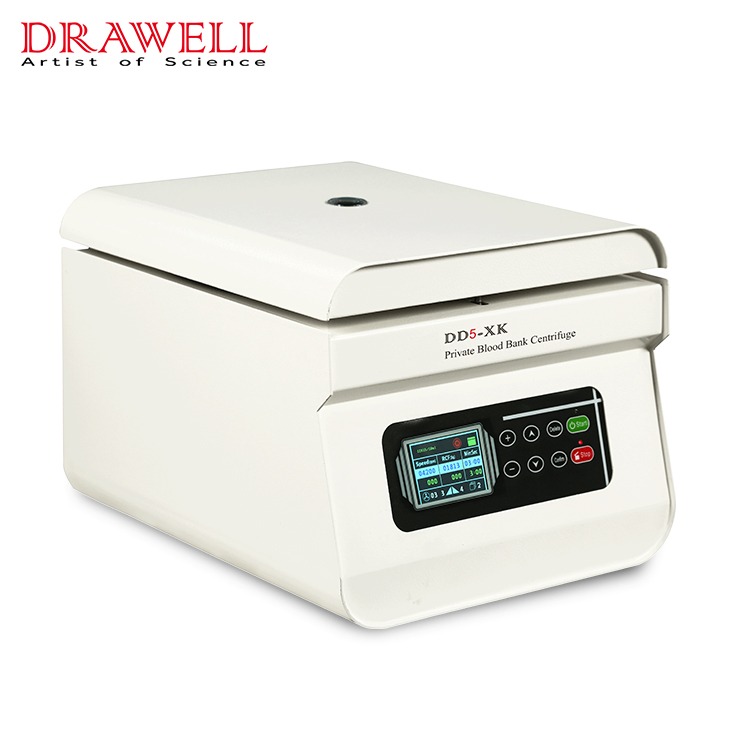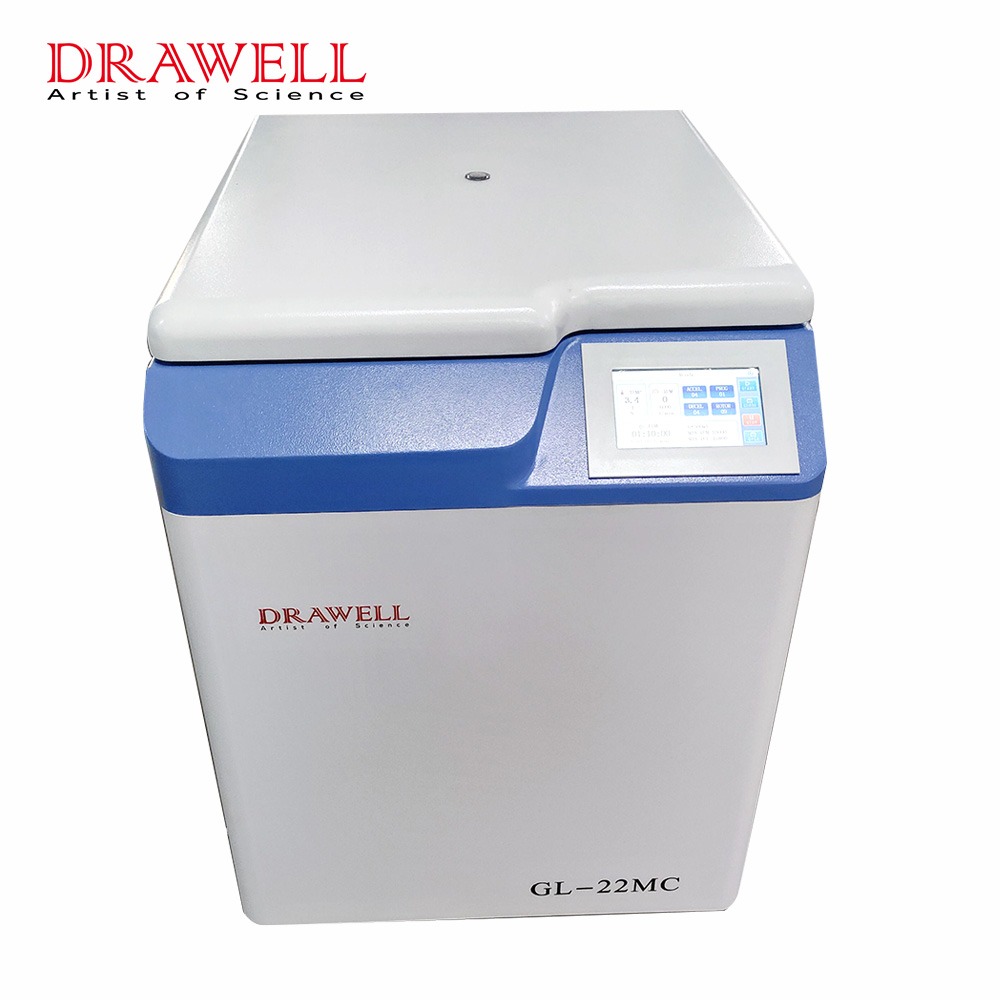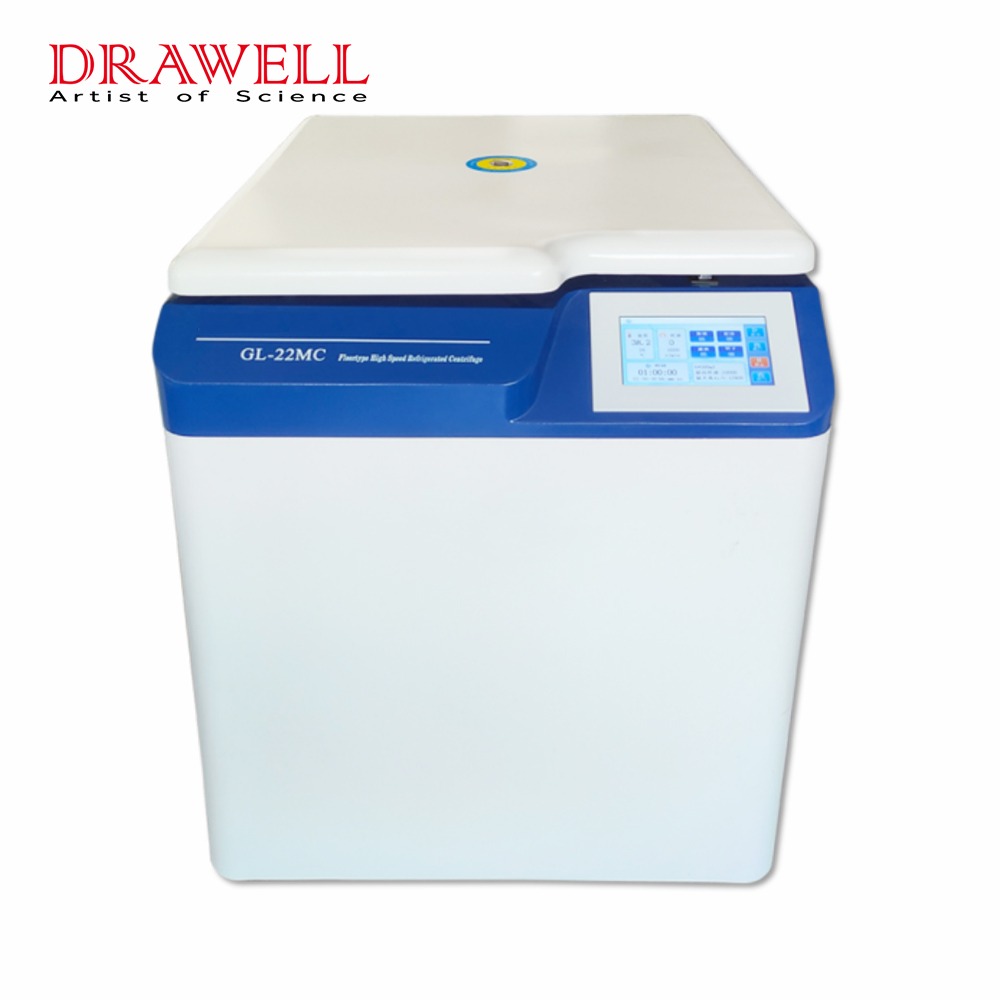Centrifugation is a common scientific procedure for separating sample components depending on density. While the centrifuge is a powerful tool, precise temperature control during the operation is critical to safeguard sample integrity, especially in fields such as molecular biology, biochemistry, and clinical research.
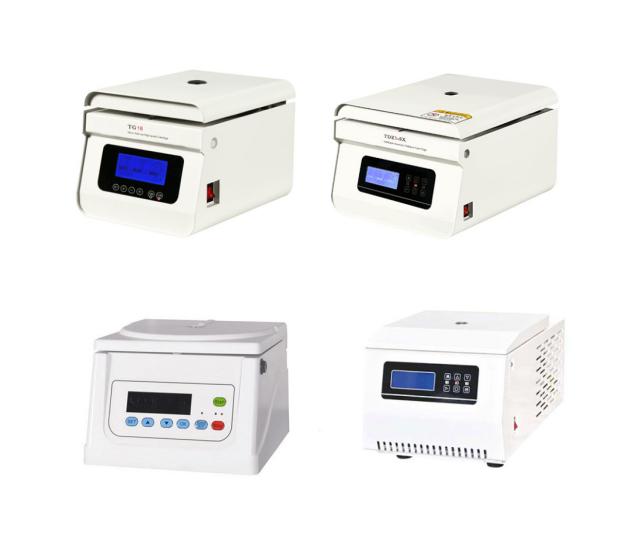
Significance of Temperature Control in Centrifuge
1. Preservation of Biological Activity
The preservation of biological activity within samples is one of the key issues during centrifugation. Temperature is frequently a factor for biological molecules such as proteins, enzymes, and nucleic acids. Temperature control ensures that these molecules remain stable, preventing denaturation or degradation that could jeopardize experimental results.
2. Cell Viability
Maintaining an optimum temperature is critical for retaining cell viability in cell culture and therapeutic applications when centrifugation is used to separate biological components. Cells can be highly sensitive to temperature fluctuations, and maintaining the appropriate conditions is essential to avoid cellular stress or damage.
3. Sample Stability
Stable conditions are required for reliable analysis of a variety of samples, ranging from blood components to delicate molecular structures. Temperature control is critical for preventing changes in sample composition and structure and ensuring the reproducibility of study outcomes.
Strategies for Temperature Control in Centrifuge
1. Refrigerated Centrifuges
Modern laboratories frequently use refrigerated centrifuges with cooling systems. These centrifuges enable researchers to set and maintain particular temperatures throughout centrifugation, making them excellent for temperature-sensitive samples.

2. Pre-cooling Procedures
Researchers can further improve temperature control by pre-cooling samples before centrifugation. Placing samples in a refrigerator or using pre-cooled centrifuge tubes aids in keeping the proper temperature constant during the centrifugation process.
3. Rapid Processing
For temperature-sensitive samples, minimizing the time between sample preparation and centrifugation is critical. Rapid processing lowers the danger of temperature changes impacting sample integrity.
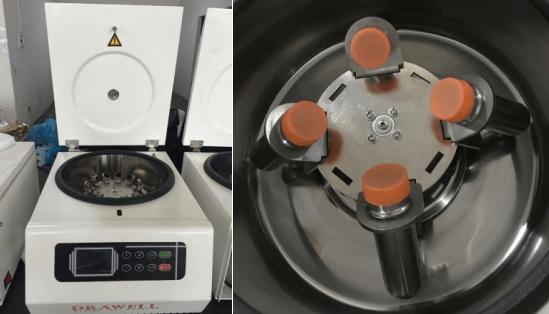
Best Practices for Temperature-Controlled Centrifuge
1. Calibration and Monitoring
Regular calibration of centrifuges is essential to ensure accurate temperature control. Continuous monitoring of temperature parameters during centrifugation provides researchers with real-time information about the conditions within the centrifuge, allowing for immediate corrective action if needed.
2. Temperature Validation Tools
The use of temperature validation tools, such as thermocouples or temperature-sensitive indicators, provides additional assurance of the accuracy of the set temperature. These tools can be strategically placed within the centrifuge to verify that the intended temperature is maintained throughout the process.
3. Temperature-Indicating Labels
On sample tubes, use temperature-indicating labels. These labels indicate whether or not the samples were subjected to the intended temperature during centrifugation. This basic but powerful tool acts as a rapid quality control check.
4. Optimized Centrifuge Settings
Set the centrifuge parameters, including speed and duration, in accordance with the temperature requirements of the samples. Ensure that the selected settings are compatible with the characteristics of the materials being centrifuged.
5. Proper Insulation and Sealing
Verify that the centrifuge chamber is properly insulated to maintain a stable internal temperature. Additionally, ensure proper sealing of the centrifuge lid to prevent heat exchange with the external environment.
6. Routine Maintenance
Cleaning and monitoring for any faults that may impair temperature regulation are part of routine centrifuge maintenance. Regular maintenance ensures the centrifuge’s general performance and prevents temperature-related inconsistencies.
7. Adherence to Protocols
Following established protocols and guidelines for sample preparation and centrifugation is paramount. Researchers should adhere to recommended temperature settings, processing times, and centrifugation speeds to ensure the integrity of their samples.
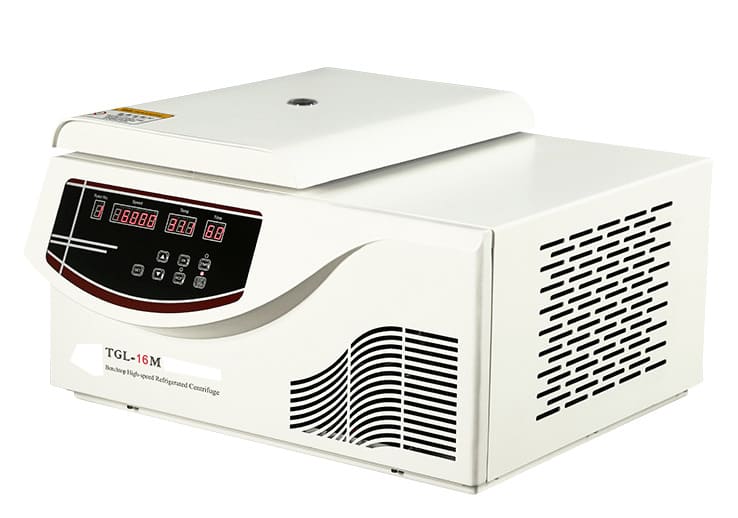
Conclusion
Temperature control in centrifugation is essential for maintaining sample integrity and generating consistent results in laboratory research. To protect the integrity of their samples throughout centrifugation procedures, researchers must prioritize temperature stability, select appropriate equipment, and adopt best practices. By doing so, scientists can enhance the reproducibility and accuracy of their research findings across diverse scientific disciplines.


